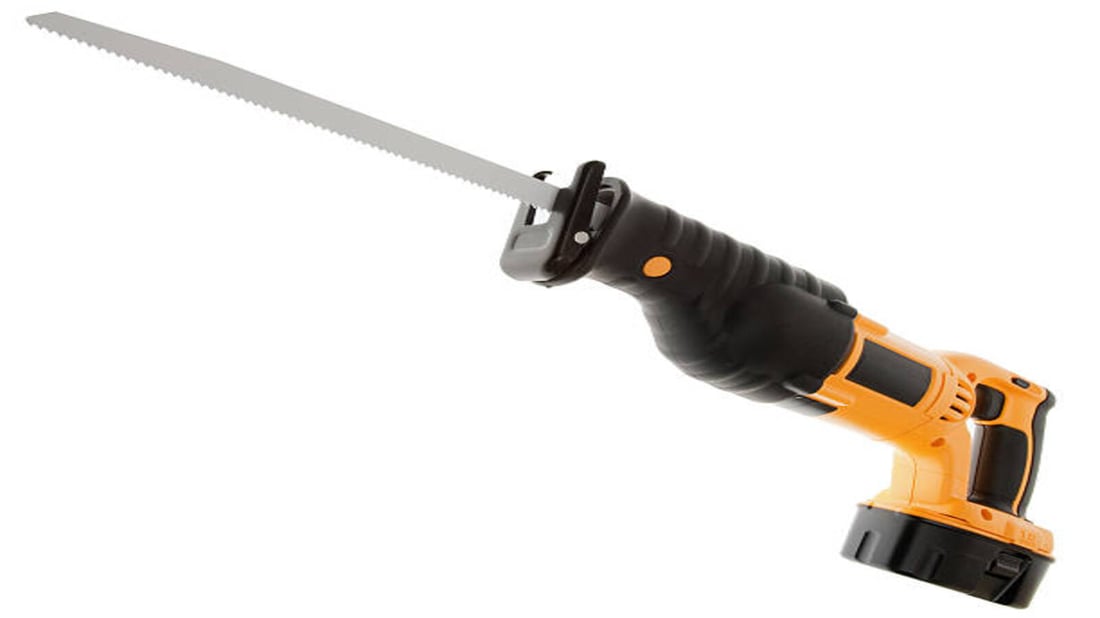Introduction
When it comes to masonry projects, having the right tools is essential for achieving professional results. One tool that is crucial for any masonry project is a reciprocating saw, and choosing the right blades for this tool is key to completing the job effectively. In this article, we will explore everything you need to know about reciprocating saw blades for masonry projects.
Understanding Reciprocating Saw Blades
Reciprocating saw blades are designed to cut through a variety of materials, including wood, metal, and masonry. When it comes to masonry projects, it is important to choose specialized masonry blades that are specifically designed for cutting through brick, concrete, and other tough materials. These blades are typically made from carbide or diamond grit for maximum durability and efficiency.
Types of Reciprocating Saw Blades for Masonry
There are several different types of reciprocating saw blades that are designed specifically for masonry projects. Some of the most common types include carbide-tipped blades, diamond grit blades, and carbide abrasive blades. Each type of blade is designed for specific materials and cutting applications, so it is important to choose the right blade for the job at hand.
Choosing the Right Blade for Your Project
When selecting a reciprocating saw blade for a masonry project, there are several factors to consider. These include the type of material you will be cutting, the thickness of the material, and the type of cuts you need to make. It is important to choose a blade that is compatible with your saw and that is designed for the specific task you are undertaking.
Tips for Using Reciprocating Saw Blades
When using reciprocating saw blades for masonry projects, it is important to follow some key tips to ensure safe and effective cutting. Always wear appropriate safety gear, such as goggles and gloves, and ensure that the blade is securely attached to the saw. Additionally, take your time with each cut and let the blade do the work to avoid overheating or damaging the blade.
Maintaining Your Reciprocating Saw Blades
Proper maintenance of your reciprocating saw blades is essential for ensuring their longevity and performance. After each use, clean the blades with a wire brush to remove any debris and buildup. Store the blades in a dry place to prevent rusting, and replace them when they become dull or damaged to maintain optimal cutting performance.
Benefits of Using Reciprocating Saw Blades for Masonry
Using reciprocating saw blades for masonry projects offers several benefits, including versatility, efficiency, and precision cutting. These blades are designed to tackle tough materials with ease and can make quick work of even the most challenging cutting tasks. Additionally, reciprocating saw blades are compatible with a wide range of saw models, making them a versatile tool for any masonry project.
Common Mistakes to Avoid
When using reciprocating saw blades for masonry projects, there are some common mistakes to avoid. These include using the wrong type of blade for the material, applying too much pressure during cutting, and using a dull blade. By choosing the right blade for the job and following proper cutting techniques, you can avoid these mistakes and achieve professional results.
Best Practices for Cutting Masonry Materials
To achieve the best results when cutting masonry materials with a reciprocating saw, it is important to follow some best practices. This includes marking your cut lines accurately, using the appropriate blade for the material, and securing the material firmly in place before cutting. By following these best practices, you can ensure clean and precise cuts every time.
Conclusion
In conclusion, reciprocating saw blades are essential tools for masonry projects, and choosing the right blades for the job is key to achieving professional results. By understanding the different types of blades available, choosing the right blade for your project, and following best practices for cutting masonry materials, you can ensure a successful outcome for your next masonry project.
Quote Inquiry
Contact us


